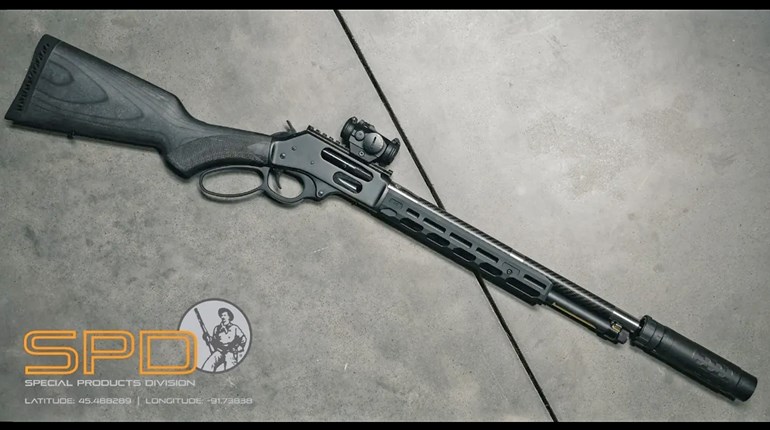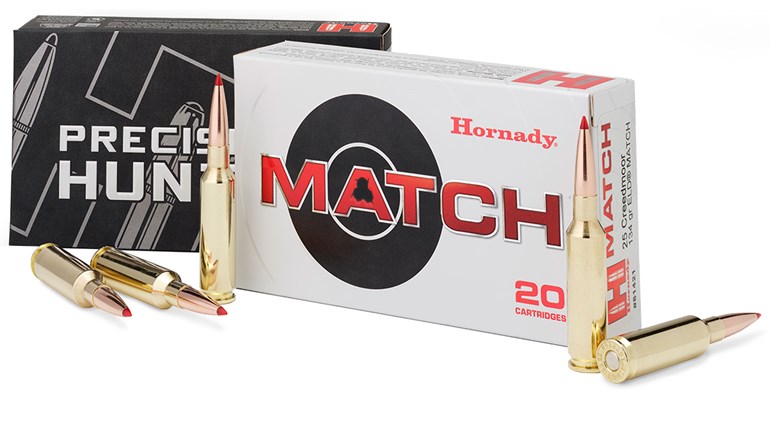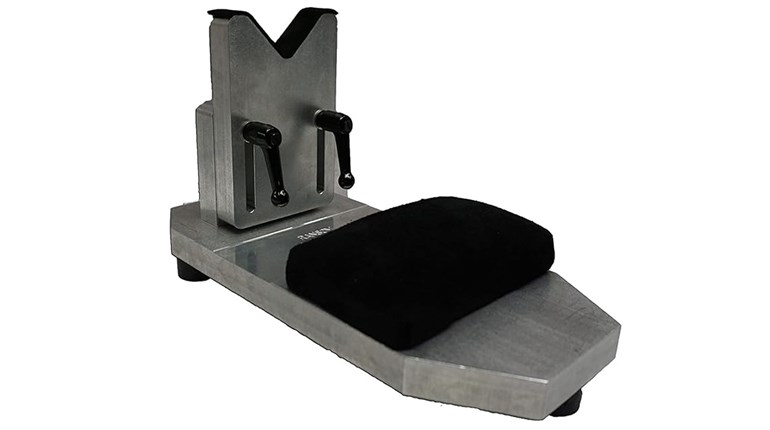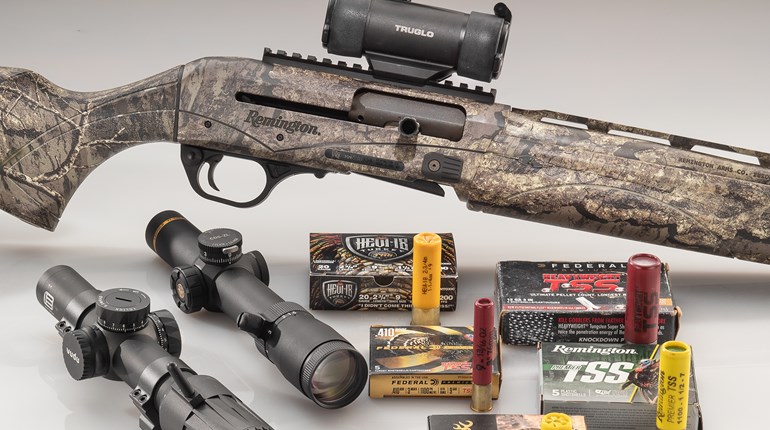
Experiencing a violent criminal attack will likely be the most-stressful experience a person ever has. It will likely come when a person least expects it. It could very well come under low-light conditions when it is difficult to see the attacker and know exactly what he or she plans. It may involve multiple attackers, which makes it even more difficult for the armed citizen to keep tabs on them and what they are up to. In short, the armed citizen is going to have their hands full just keeping up with what is going on and implementing a personal-defense plan.
For this reason, the management of the defensive firearm must be second nature. There will simply be too much going on for a person to waste time and effort trying to get their firearm into action. Make no mistake about it, any shots fired by the armed citizen must be conscious, deliberate and necessary responses to the violent threat, but the preparation for delivery of those shots must be learned and practiced skills so that the citizen’s focus can continue to be on dealing with the threat.
This is the main reason that we caution the defensive shooter to make every effort to always carry their firearm in the same location on their body and to minimize the times that it is carried elsewhere. It is also the reason so much emphasis is placed upon practicing the pistol presentation. Some years ago, a sheriff friend of mine was severely wounded when he reached for the gun that he usually carried on his right hip only to remember, too late, that his gun was shoved into his waistband on the other side.
We continually caution armed citizens to avoid switching gun types for defensive carry for the same reason. They are the ones who talk about carrying a single-action semi-automatic, a striker-fired pistol and a DA revolver in “regular rotation,” as they like to call it. When the balloon goes up, this is the person who won’t remember if the particular gun they are wearing today has an external safety or not. Is it the one that has the light trigger or the long DA pull? Or is this the one with the sights slightly off and prints hits several inches to the left at 15 yards?
If a person is going to switch carry guns, he or she should do so only after several trips to the shooting range. A good deal of time should be spent practicing the presentation with that particular gun, both in dry practice and live fire. How the gun operates and where it hits at a given range should be second nature to the shooter.
In studies of citizen-involved shootings, we have found that the matter is usually resolved with the ammunition in the gun. There just aren’t that many instances of armed citizens having to reload during a gunfight. All of which is fine until a person becomes the exception to the rule. Murphy has a way of doing that, you know. Therefore, the reload must also be second nature.
I have practiced the speed load with my 1911 so many times that I find that I can do it without even looking at the pistol at all. On the other hand, I still have to glance at a revolver when recharging it with a speedloader or with a speed strip.
In either case, it is an excellent idea to perform the reload with the gun up high, near the face, at least as high as the top of your shirt pockets. The head is held erect and focused on the threat (or threats) while the reload takes place. In this manner, it is much easier to glance at the firearm, if such is needed, and return to keeping tabs on the bad guys.
In short, it is important to practice all of these elements of gun handling until they become second nature. Every time we take our gun out of the holster—such as taking it off at night—is an opportunity to practice our pistol presentation. It doesn’t take any longer, and each time allows us to make that presentation correctly.
The same thing goes with reloading. While practicing at the range or simply enjoying an informal plinking session, we can practice recharging that gun in the proper defensive manner. The repetition makes such functions become second nature.
I have heard that a person needs to perform a particular function something like 3,000 times in order for it to become second nature. Whatever the exact number of times might be, it shows the importance of practice. We seek professional training in order to learn how to do it right. And then we commit ourselves to practicing that exact movement however many times it takes us for it to become an unconscious function.
Criminal attacks are chaotic, traumatic events. In order to have a chance of survival, the armed citizen must stay focused on what is going on around him and in putting his defensive plan into action. Gun handling is an important part of survival, but it must be an almost-unconscious act.
Have a plan. Put your good training to work. And make your gun handling second nature.


































